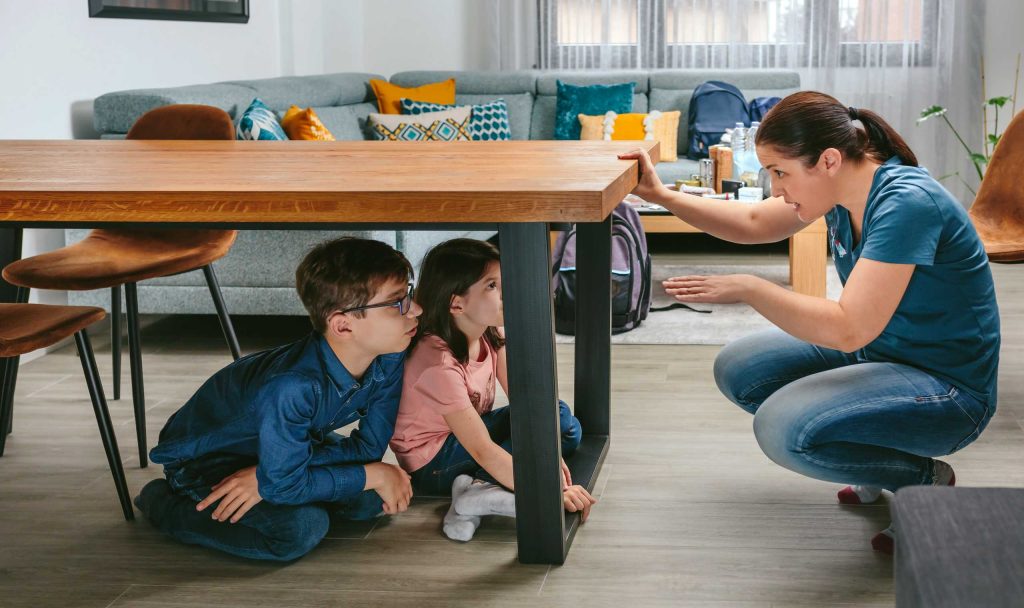When it comes to designing a family home, safety is always a top priority — especially when children are involved. But safety doesn’t mean dull or boring. It’s possible to create spaces that are both secure and full of inspiration, encouraging kids to explore, learn, and play with confidence.
Understanding Safety Beyond Basics
Safety starts with the obvious — secure windows, rounded furniture edges, and non-slip flooring — but it goes much deeper. Think about how children interact with their environment every day. Are hazardous items out of reach? Is the space free of choking hazards? Are electrical outlets protected?
By paying attention to these details, you create a foundation of safety that allows kids to roam freely without constant supervision, giving parents peace of mind.
Designing for Independence and Exploration
Children crave independence. A well-designed room encourages this by providing accessible storage at their height, clear pathways to move around, and designated zones for different activities. When kids know where their toys belong and have a space to express creativity, they develop responsibility and confidence.
Incorporating Stimulating Elements
A child’s environment plays a huge role in their development. Bright colors, natural light, and varied textures can stimulate senses and foster creativity. Consider walls painted in soft, uplifting hues, large windows that flood rooms with daylight, and a mix of materials — from cozy rugs to smooth wooden surfaces.
Interactive features, such as chalkboard walls or modular furniture, invite play and learning in unexpected ways.
Practical Tips for Everyday Safety
- Keep cords and blinds out of reach.
- Choose non-toxic paints and finishes.
- Anchor heavy furniture to walls to prevent tipping.
- Use soft area rugs to cushion falls.
- Maintain clear and open walking paths.
These simple measures create an environment where safety supports fun, not fear.
The Role of Family in Safe Design
No matter how thoughtfully a space is designed, the family’s habits and routines shape its success. Teaching children about safety while allowing freedom to explore encourages a healthy balance. Design should invite communication, with spaces where parents can easily supervise while giving kids room to grow.
Designing a safe and inspiring space is a gift to your children — one that supports their growth, sparks imagination, and builds a home filled with love and security.

